What are 802.11 a/b/g/n/ac and the differences between them?
Since Wi-Fi was first released to consumers in 1997, WiFi standards have continued to evolve, often increasing speeds and extending coverage. As features were added to the original IEEE 802.11 standard, they passed their amendments (802.11b, 802.11g, etc.)
802.11b 2.4GHz
802.11b uses the same 2.4 GHz frequency as the original 802.11 standards. It supports a maximum theoretical rate of 11 Mbps and has a range of up to 150 feet. 802.11b components are cheap, but the standard has the slowest top speed of all 802.11 standards. And because 802.11b operates at 2.4 GHz, home appliances or other 2.4 GHz Wi-Fi networks can cause interference.
802.11a 5GHz OFDM
The "a" revision of the standard was released at the same time as 802.11b. It introduced a more sophisticated technique called OFDM (Orthogonal Frequency Division Multiplexing) for generating wireless signals. 802.11a offers some advantages over 802.11b: It operates in the less crowded 5 GHz band, so it is less susceptible to interference. And its bandwidth is much higher than 802.11b, with a theoretical maximum of 54 Mbps.
You probably haven't come across many 802.11a devices or routers. This is because 802.11b devices are cheaper and are becoming more popular in the consumer market. 802.11a is mainly used for business applications.
802.11g 2.4GHz OFDM
The 802.11g standard uses the same OFDM technology as 802.11a. Like 802.11a, it supports a maximum theoretical rate of 54 Mbps. However, like 802.11b, it operates on the crowded 2.4 GHz frequency (and therefore suffers from the same interference issues as 802.11b). 802.11g is backward compatible with 802.11b devices: 802.11b devices can connect to 802.11g access points (but at 802.11b speeds). With 802.11g, consumers have seen significant improvements in Wi-Fi speed and coverage. Meanwhile, consumer wireless routers are getting better, with higher power and better coverage than previous generations.
802.11n (Wi-Fi 4) 2.4/5GHz MIMO.
With the 802.11n standard, Wi-Fi has become faster and more reliable. It supports a maximum theoretical transfer rate of 300 Mbps (up to 450 Mbps when using three antennas). 802.11n uses MIMO (Multiple Input Multiple Output), where multiple transmitters/receivers operate simultaneously on one or both ends of the link. This can significantly increase data without requiring higher bandwidth or transmit power. 802.11n operates in the 2.4 GHz and 5 GHz frequency bands.
802.11ac (Wi-Fi 5) 5GHz MU-MIMO
802.11ac supercharges Wi-Fi with speeds ranging from 433 Mbps up to several gigabits per second. To achieve this performance, 802.11ac operates only in the 5 GHz band, supports up to eight spatial streams (compared to 802.11n's four streams), doubles the channel width to 80 MHz, and uses a technique called beamforming Technology. With beamforming, antennas emit radio signals so they are pointed directly at a specific device.
Another major advance in 802.11ac is multi-user (MU-MIMO). While MIMO directs multiple streams to a single client, MU-MIMO can direct spatial streams to multiple clients simultaneously. Although MU-MIMO will not increase the speed of any individual client, it can increase the overall data throughput of the entire network.
As you can see, Wi-Fi performance continues to evolve, with potential speeds and performance approaching wired speeds.
802.11ax Wi-Fi6
In 2018, the WiFi Alliance took steps to make WiFi standard names easier to identify and understand. They changed the upcoming 802.11ax standard to WiFi6.
Where is Wi-Fi 6, 6?
Several performance indicators of Wi-Fi are transmission distance, transmission rate, network capacity, and battery life. With the development of technology and the times, people have higher and higher requirements for speed and bandwidth. There are a series of problems in the traditional Wi-Fi connection: such as network congestion, small coverage, the need to constantly switch SSIDs, and so on. But Wi-Fi 6 will bring new changes: it optimizes the power consumption and coverage capabilities of the device, supports multi-user high-speed concurrency, can reflect better performance in user-intensive scenarios, and bring longer transmission. distance and higher transmission rates.
In general, compared to the "predecessors", the advantage of Wi-Fi 6 is "double high and double low":
High speed: Thanks to the introduction of uplink MU-MIMO, 1024QAM modulation method, 8*8MIMO, and other technologies, the maximum speed of Wi-Fi 6 can reach 9.6Gbps, which is the same speed as the legendary wind.
High Access Count: The most important improvement in Wi-Fi 6 is reducing congestion and allowing more devices to connect to the network. Currently, Wi-Fi 5 can communicate with 4 devices simultaneously, while Wi-Fi 6 will allow communication with up to dozens of devices simultaneously. Wi-Fi 6 also leverages technologies such as OFDMA (Orthogonal Frequency Division Multiple Access) and multi-signal beamforming derived from 5G, both of which work to increase spectral efficiency and network capacity, respectively.
Low latency: Using technologies such as OFDMA and SpatialReuse, Wi-Fi 6 enables multiple users to transmit in parallel at the same time in each period, eliminating the need to wait in line, reducing competition, improving efficiency, and reducing latency. From 30ms of Wi-Fi 5 to 20ms (Huawei's exclusive smart application acceleration technology, the delay can be further reduced to 10ms), the average delay is reduced by 33%.
Low energy consumption: TWT, another new technology in Wi-Fi 6, allows negotiated communication between APs and terminals, reducing the time required to maintain transmission and search for signals, which means less battery consumption and improved battery life performance, terminals Power consumption will be reduced by 30%.
Author: Claire Yuan






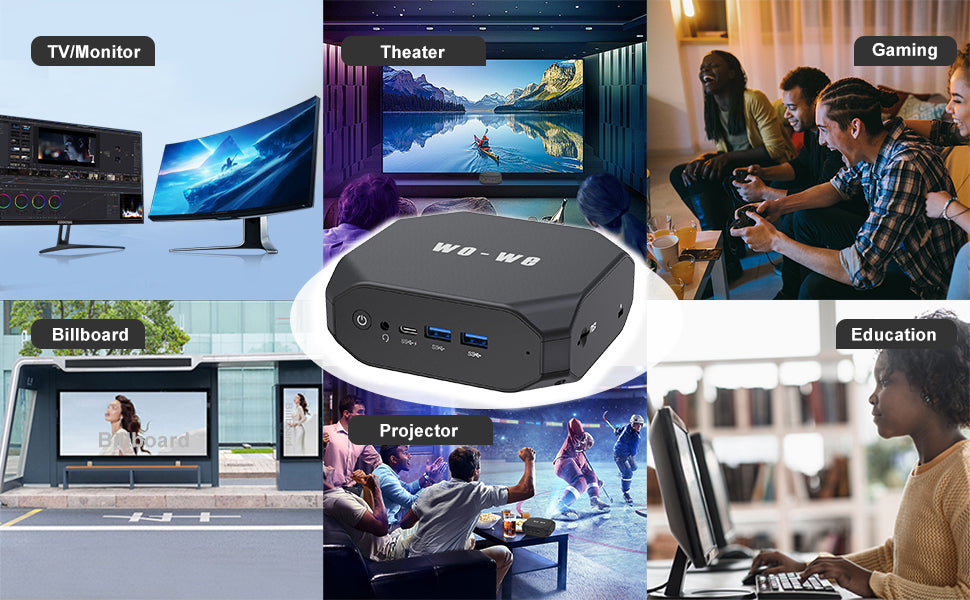
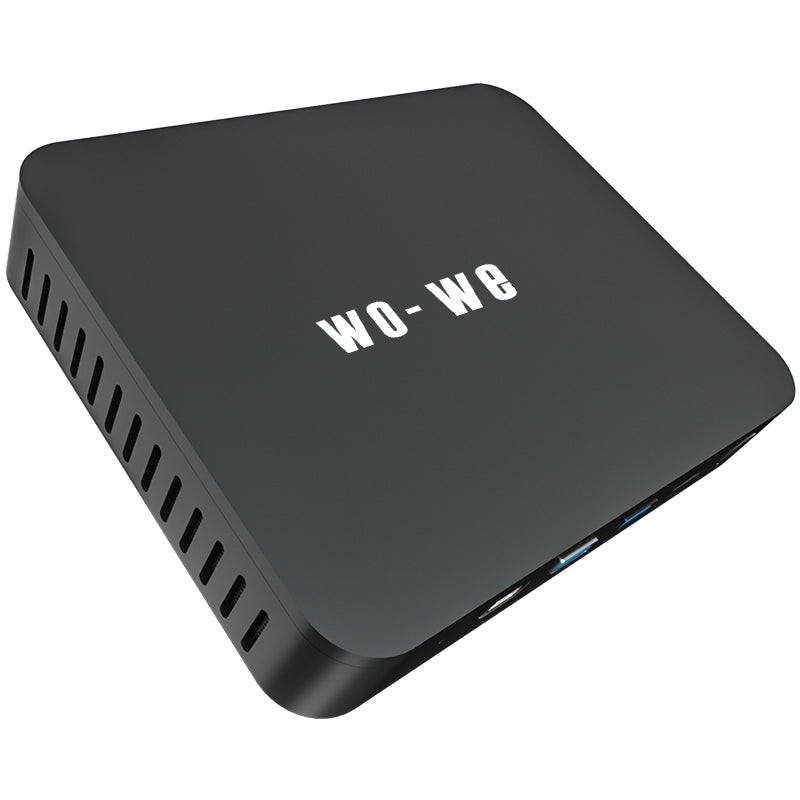
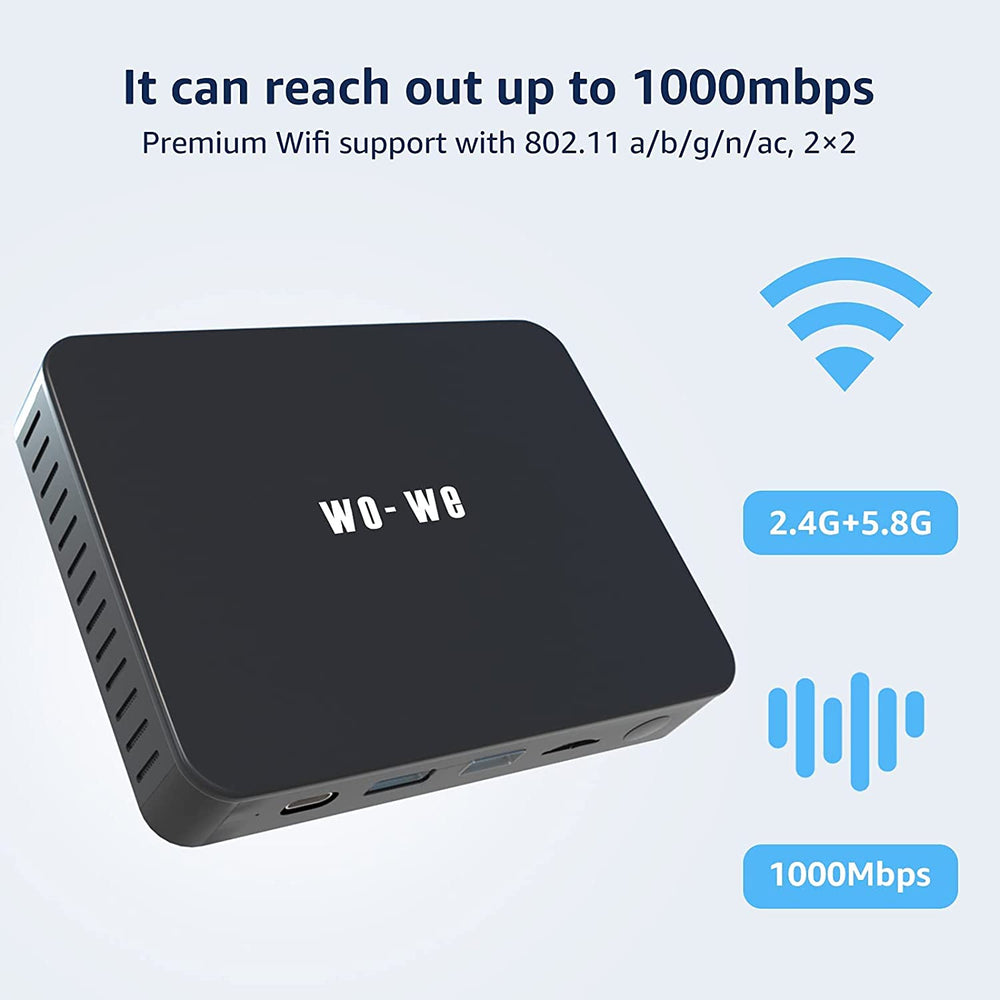


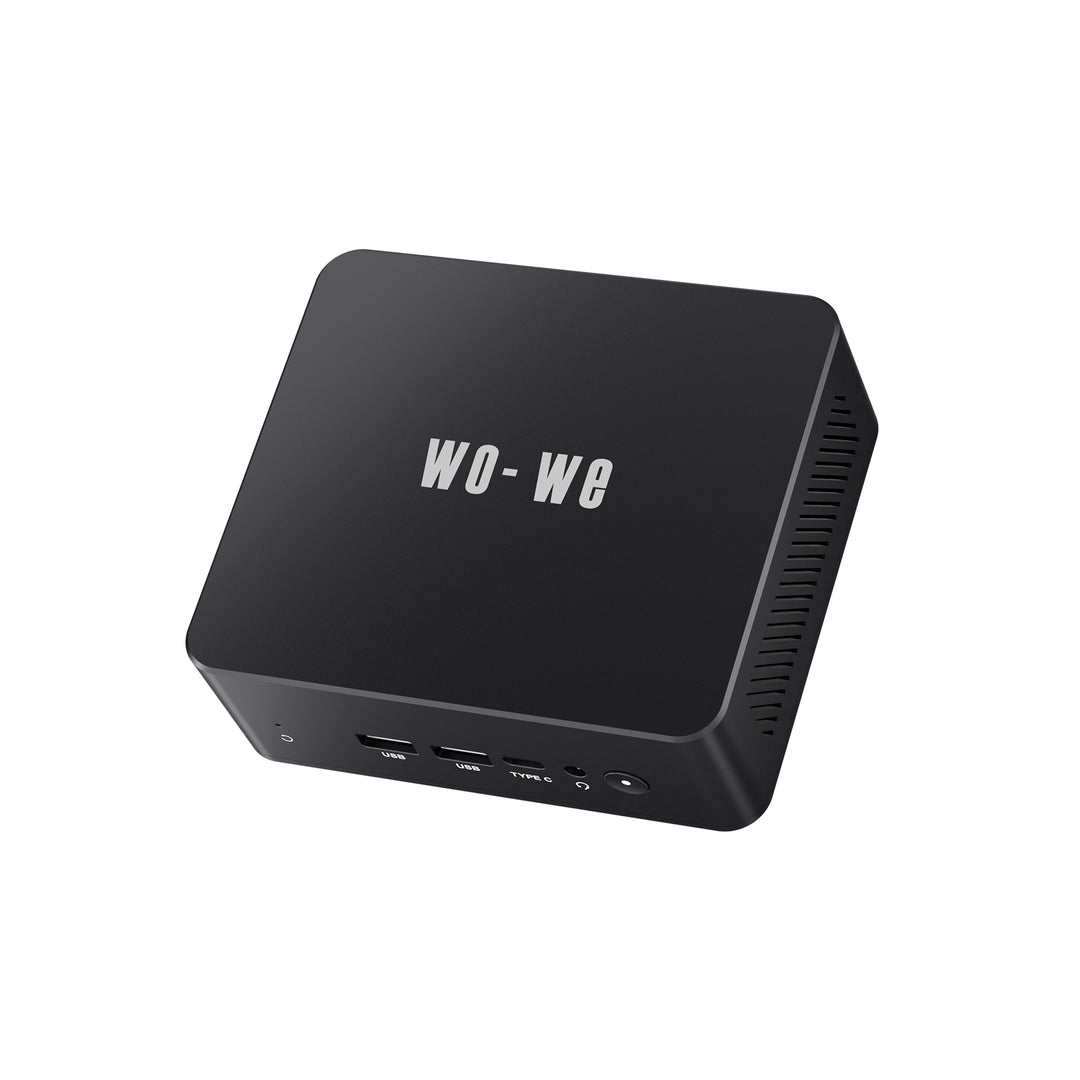
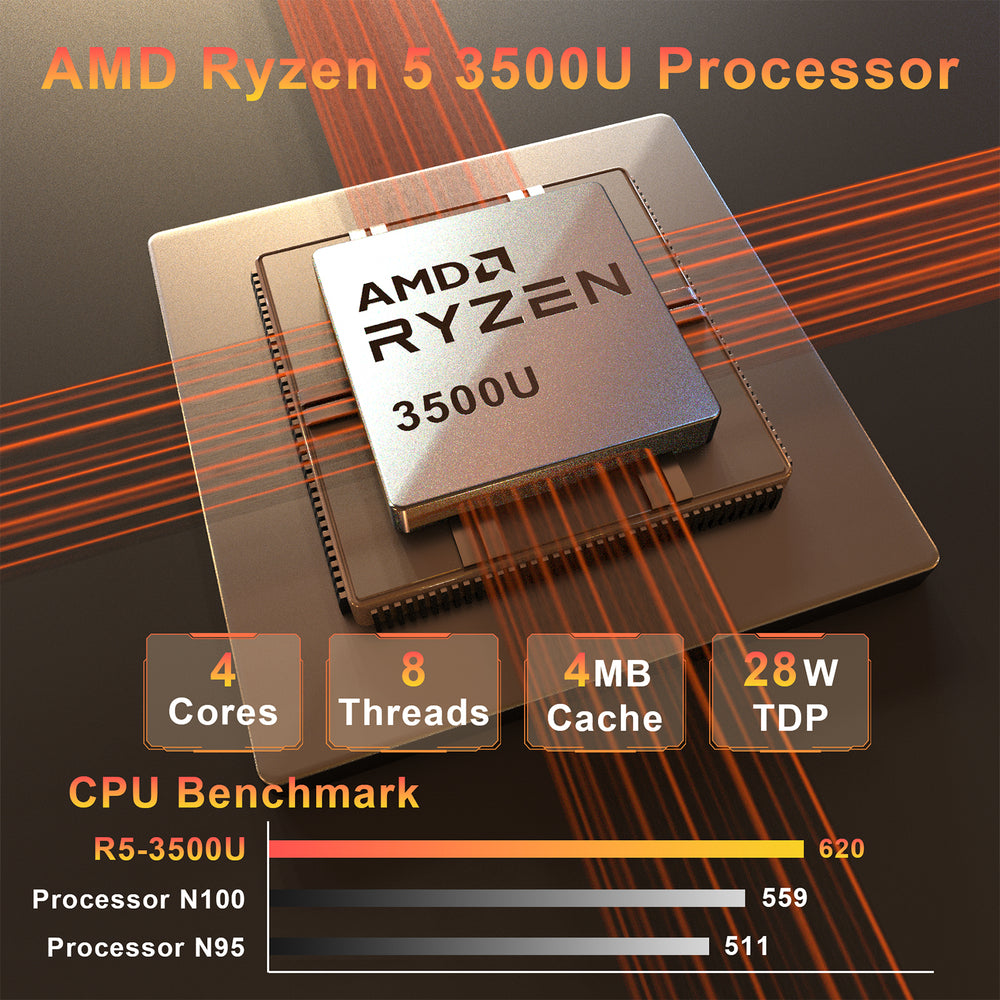


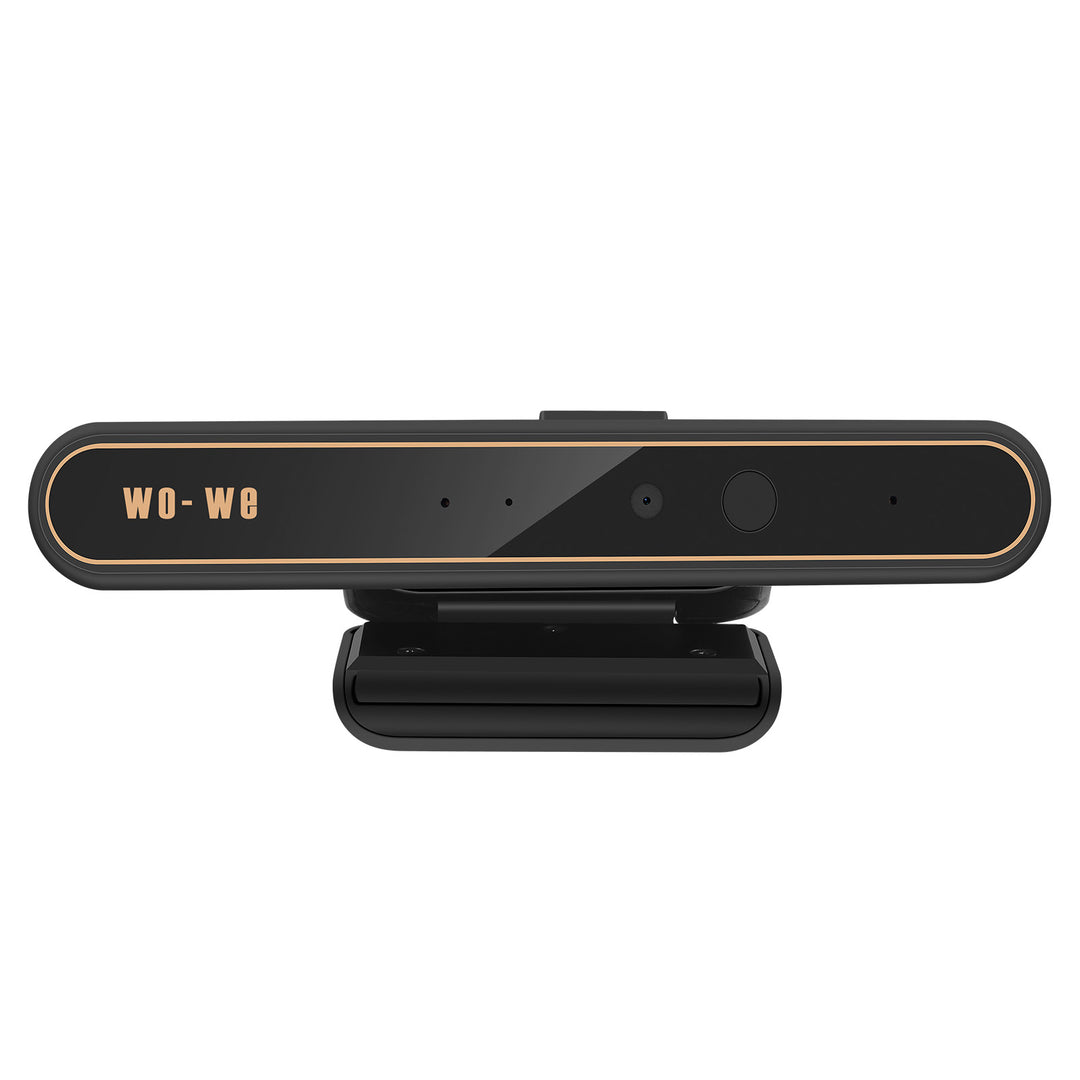

Leave a comment